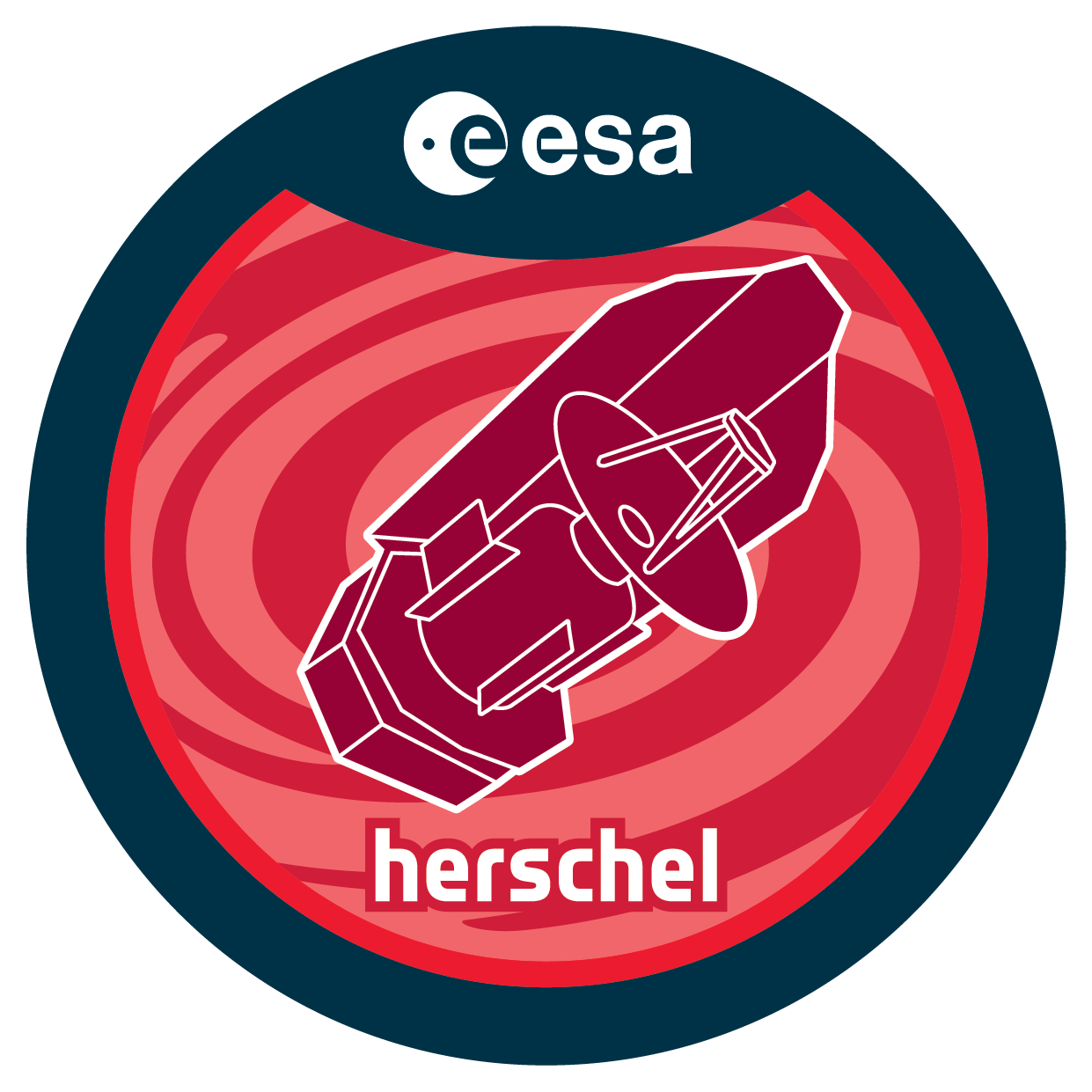

| Name | OT2_mboquien_3 |
| Title | Searching for a missing molecular mass through dust emission in the huge HI collisional ring of NGC 5291. |
| URL | http://archives.esac.esa.int/hsa/whsa-tap-server/data?retrieval_type=OBSERVATION&observation_id=1342249960&instrument_name=PACS&product_level=LEVEL0&compress=true |
| DOI | https://doi.org/10.5270/esa-oxbqame |
| Author | boquien, m. |
| Description | We propose PACS+SPIRE observations from 70 to 500 micron of the giant (180kpc across), massive (~5.5 10^10 Msun of HI), strongly star-forming collisionalring around NGC5291, a unique gas-rich object in the nearby Universe. Theseobservations, in combination with available data and models, will allow us to notonly study star formation and the dust properties in an unusual andextreme environment, but also to get insight into the natureof Dark Matter. Indeed our team showed that the gravitationally bound objectsformed within the ring of NGC5291 contain an unexpected dark component. It isthought that this matter should be baryonic as the material in the collisional ringcomes from galactic disks. The most likely candidate is H_2 that is not properlytraced by CO. Herschel will allow us to trace this unseen component through dustemission and constrain its nature. The method requires to characterize the dustproperties and estimate the dust/gas mass ratio, which are not known incollisional rings and might differ from those in other environments. Indeed,collisional rings are created by high speed collisions. The strong shocks generatedby the impact have likely affected the dust properties. Through state-of-the-artmodeling of the SED from the UV to the radio, we will constrain the properties ofthe dust such as their temperature, the distribution of the grain sizes, etc.Addressing the question of dust processing in high-speed collisions isfundamental to derive the molecular gas mass. Finally having an accurate estimateof the total molecular mass, we will be able to address star formation laws, inparticular the Schmidt-Kennicutt relation which is suspected not to beuniversal. This will allow us to determine whether it varies with the environment,having selected an extreme one, such as the collisional ring of NGC5291. Theproject will require the combination of already available VLA HI observations, starformation tracers and Herschel PACS+SPIRE photometry. |
| Publication |
|
| Instrument | PACS_PacsPhoto_largeScan, SPIRE_SpirePhoto_large |
| Temporal Coverage | 2012-08-20T17:48:47Z/2013-01-19T22:44:55Z |
| Version | SPG v14.2.0 |
| Mission Description | Herschel was launched on 14 May 2009! It is the fourth cornerstone mission in the ESA science programme. With a 3.5 m Cassegrain telescope it is the largest space telescope ever launched. It is performing photometry and spectroscopy in approximately the 55-671 µm range, bridging the gap between earlier infrared space missions and groundbased facilities. |
| Creator Contact | https://support.cosmos.esa.int/h®erschel/ |
| Date Published | 2013-07-19T22:16:40Z |
| Last Update | 2025-01-24 |
| Keywords | Herschel, HSC, submillimetre, far-infrared, HIFI, PACS, SPIRE |
| Publisher And Registrant | European Space Agency |
| Credit Guidelines | European Space Agency, boquien et al., 2013, 'Searching for a missing molecular mass through dust emission in the huge HI collisional ring of NGC 5291.', SPG v14.2.0, European Space Agency, https://doi.org/10.5270/esa-oxbqame |